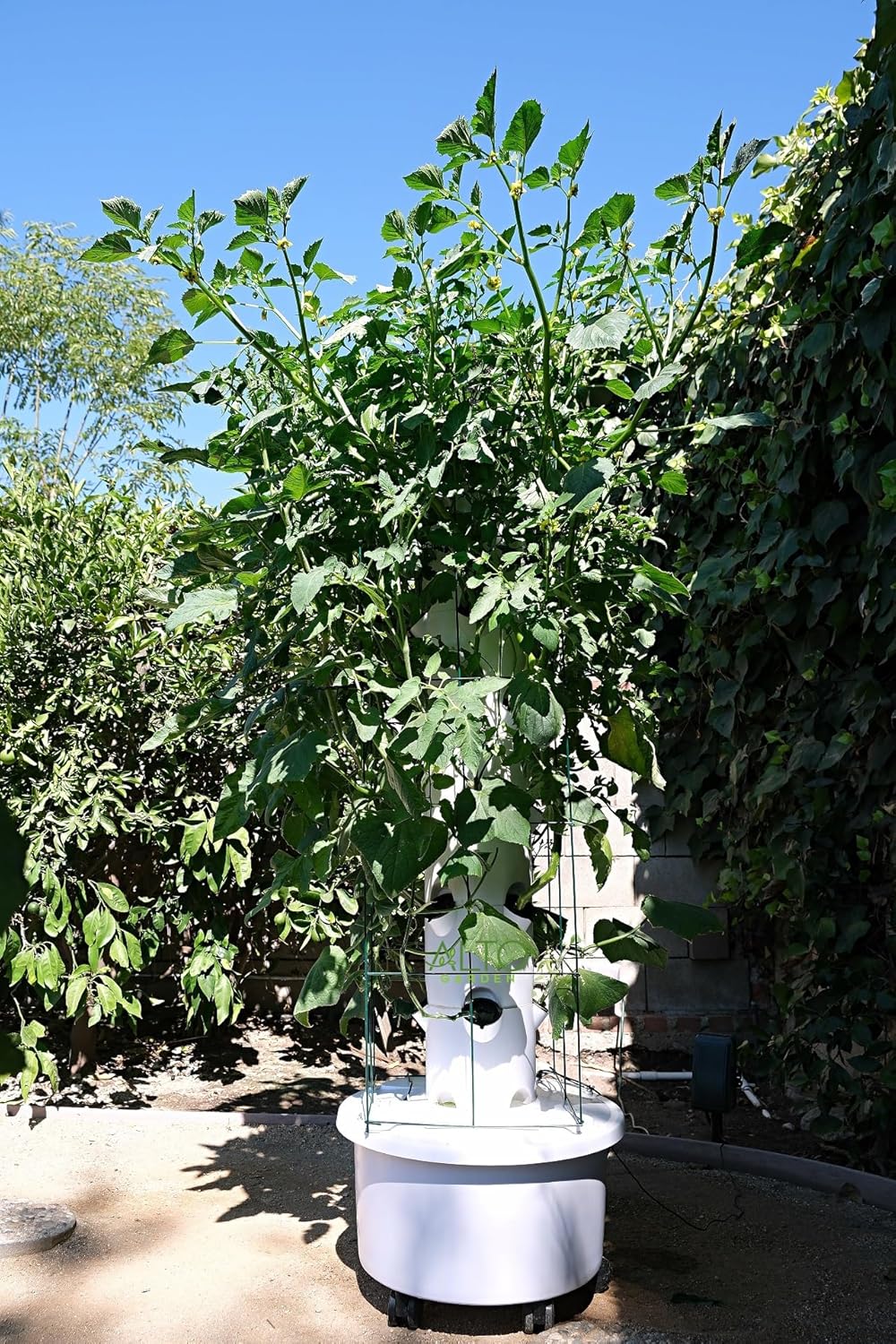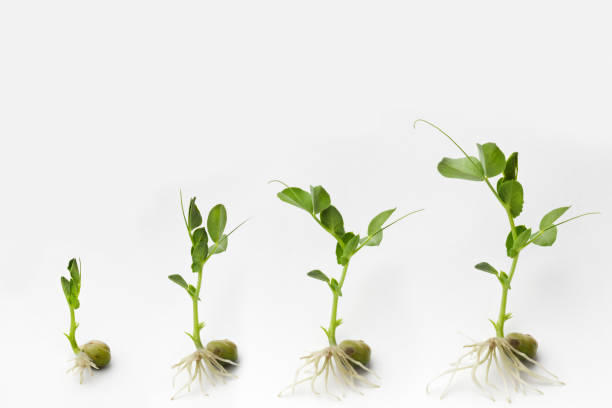Germination is where every plant’s life begins—a remarkable transformation from a tiny seed into a growing plant. Whether you’re a seasoned gardener or starting your hydroponic journey, understanding seed germination is the first step to success. With the right techniques and tools, such as hydroponic tower systems, you can maximize germination rates and set the stage for a thriving garden.
What is Germination?
Germination is the process by which a dormant seed awakens and grows into a young plant. Inside every seed lies the blueprint for a new plant, but it remains inactive until given the right conditions. The germination process begins with water absorption, which activates enzymes and breaks down stored food in the seed, fueling its growth. The radicle, or embryonic root, is the first part to emerge, anchoring the seedling and beginning the uptake of nutrients and water.
While this process seems straightforward, small variations in the environment can significantly impact germination rates.
Successful Seed Germination
To germinate successfully, seeds require three primary conditions:
- Moisture: Water is the key to activating a seed’s growth. Dry seeds remain dormant, but once hydrated, they begin the germination process. In hydroponic systems, maintaining consistent moisture is easy with aeroponics, which mists seeds to keep them hydrated without oversaturating.
- Temperature: Most seeds germinate best within a temperature range of 65°F to 75°F (18°C to 24°C). Temperatures outside this range can slow or stop germination entirely. Hydroponic setups often benefit from controlled environments, making it easier to maintain the ideal temperature.
- Oxygen: Seeds need oxygen for metabolic activities during germination. In traditional soil systems, compacted or waterlogged soil can reduce oxygen availability. Aeroponic systems, on the other hand, ensure optimal oxygen levels by suspending roots in air and delivering a fine mist of water.

Moisture Management: The Cornerstone of Germination
Seeds are incredibly sensitive to moisture levels. Too little water, and the seed won’t activate; too much water, and it risks rotting. This balance can be difficult to achieve in traditional gardening but is much simpler in hydroponic systems.
Hydroponic tower systems excel in maintaining consistent moisture. By using rockwool cubes or similar mediums, seeds can absorb water without becoming waterlogged. Rockwool, in particular, is an excellent choice for hydroponic gardeners due to its ability to retain moisture while providing aeration.
Choosing the Right Medium for Hydroponic Germination
Hydroponic gardening replaces soil with alternative growing mediums that support seeds during germination and beyond. While seeds aren’t particular about the type of medium, hydroponic growers should prioritize options that provide stability, aeration, and moisture retention.
- Rockwool: This lightweight, fibrous material is a top choice for hydroponic seed germination. It holds water efficiently while allowing airflow to reach the developing roots.
- Coco Coir: Made from coconut husks, this organic medium retains moisture well and is biodegradable, making it an eco-friendly choice.
- Starter Plugs: These pre-formed growing mediums are convenient and reduce the risk of overwatering.
Lighting for Seed Germination
While light isn’t essential during the initial stage of germination, it becomes crucial once the seedling emerges. Without adequate light, seedlings can become leggy and weak. Grow lights in hydroponic tower systems ensure that seedlings receive the optimal light spectrum, even in indoor settings.
Temperature and Its Role in Germination
Temperature acts as a catalyst for enzyme activity within the seed, driving the germination process. For hydroponic gardeners, maintaining the ideal temperature is straightforward with climate-controlled setups. A stable environment ensures faster germination and healthier seedlings.
The Advantages of Aeroponic Systems for Germination
Hydroponic tower systems that use aeroponics offer several advantages for seed germination:
- Consistent Moisture Levels: Mist delivery prevents waterlogging and ensures seeds receive just the right amount of hydration.
- Optimal Oxygen Supply: Aeroponic systems keep roots suspended in air, providing ample oxygen for healthy root development.
- Faster Germination: With a controlled environment, seeds sprout more quickly than in traditional soil setups.
- Reduced Risk of Disease: Aeroponics eliminates soil-borne pathogens, reducing the risk of seedling diseases like damping-off.
Tips for Maximizing Germination Success
- Pre-Soak Seeds: Some seeds benefit from a brief soak in water before planting, which speeds up the germination process.
- Monitor Moisture Levels: Use a spray bottle or misting system to keep the growing medium evenly moist.
- Label Seed Trays: For multiple plant varieties, labeling helps track germination progress.
- Use a Heat Mat: If your environment is cooler than the ideal range, a heat mat can provide the necessary warmth.
- Practice Patience: Different seeds germinate at different rates—don’t rush the process.
Watching Your Garden Take Root
Germination marks the beginning of a plant’s life and sets the foundation for a successful harvest. By leveraging the benefits of hydroponic tower systems, you can ensure your seeds have the perfect environment to sprout and grow. From maintaining consistent moisture to providing ample oxygen, hydroponic technology simplifies the germination process, allowing you to focus on nurturing your plants as they develop.
With the right care, your seeds will transform into vibrant, thriving plants—ready to produce fresh, healthy harvests in your hydroponic garden.

